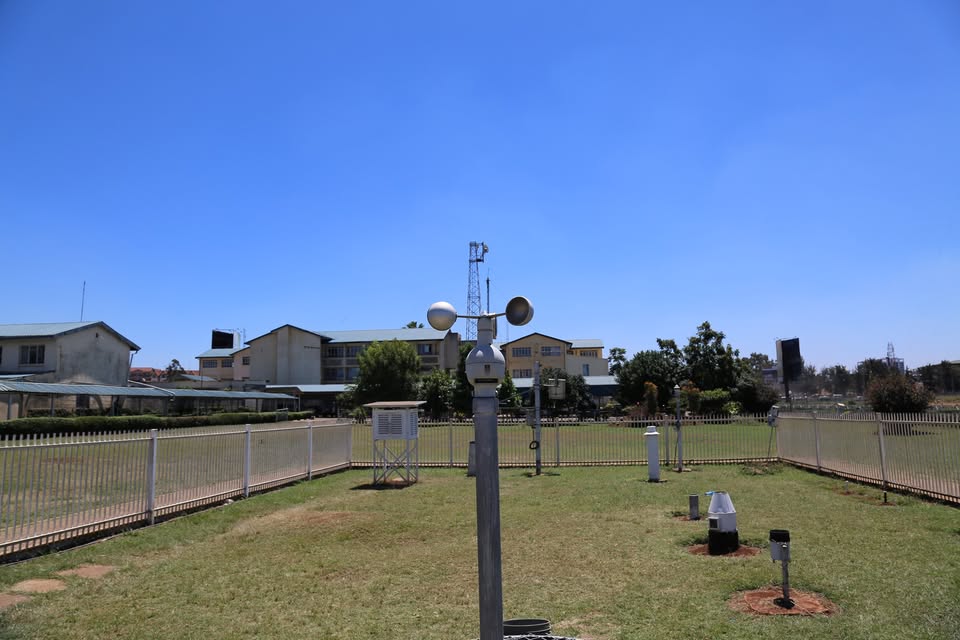Understanding Nairobi's Cold Season and Associated Health Risks

Caption: Photo courtesy of MET Department
Nairobi experiences its coldest months from June to August, primarily due to its high altitude (around 5,895 feet or 1,795 meters above sea level) and the influx of cold air from the southern hemisphere's winter.
This drop in temperature often brings a rise in environment-related health issues and also worsen existing conditions like asthma.
It is therefore crucial to prepare for this period by keeping homes comfortably warm and dressing warmly when outdoors, cover hands, feet, face, mouth, and nose when out and about.
Illnesses often thrive in cold seasons because many viruses, including those that cause the flu and common cold, survive and spread more easily in cooler conditions. The cold can also weaken our immune system, making it harder to fight off these infections.
Some of these illnesses include the flu (influenza), a highly contagious respiratory illness caused by the influenza virus; symptoms include those affecting the nose, throat, and lungs.
The common cold, another cold season condition primarily caused by rhinoviruses, presents with symptoms like a blocked or runny nose, sore throat, and headache, and spreads easily, especially in winter.
Coronavirus (COVID-19) is also part of a family of viruses that includes the common cold; it impacts the lungs and airways and is highly transmissible.
While often less severe, the cold weather also brings the risk of pneumonia. This inflammation of the lungs, typically caused by bacterial or viral infection, presents with symptoms like cough, shortness of breath, and high temperature
A more severe, life-threatening condition associated with cold is Hypothermia, a dangerous medical emergency where the body temperature drops below 35°C. Symptoms include shivering, slurred speech, and slow breathing, requiring immediate hospital treatment.
Tags: Nairobi County Cold Weather Editor's Pick
Related
Share this article
Experienced and versatile writer, dedicated to using my exceptional writing and editing skills to inform and advocate. My work focuses on educating and entertaining readers on a range of topics, with a particular expertise in matters of disability.
View articles

